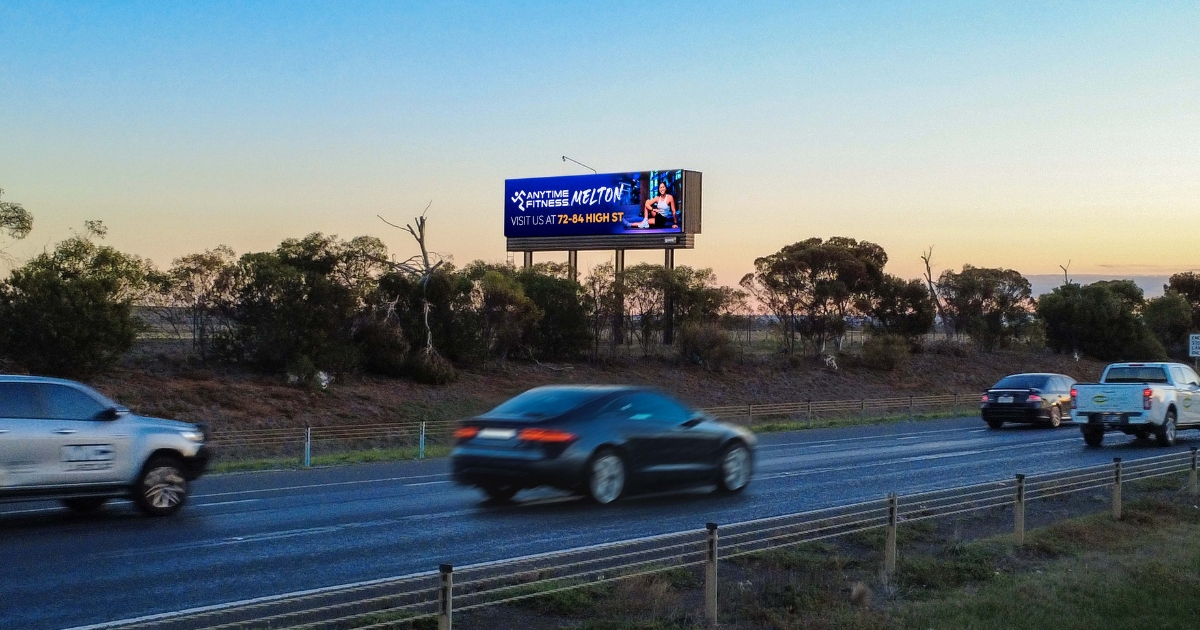A Day of Destruction

More than 180 fires, including nine major blazes, devastated Victoria on Ash Wednesday in 1983. Photo: NATIONAL ARCHIVES OF AUSTRALIA/AAP IMAGE
Next week will mark 40 years since one of Victoria and South Australia’s most destructive bushfires and one of the most significant natural disasters in Australian history – Ash Wednesday.
More than 180 fires occurred across Victoria on February 16, 1983, including nine major blazes larger than 150 hectares in size, and led to the loss of 47 lives.
In the lead-up to Ash Wednesday, the first big bushfire of the Victorian summer took place on November 25, 1982 and large fires followed from December 3 to February 1, with February 1983 being one of the hottest and driest Februarys on record.
Mid-morning on February 16, a hot and a dry northerly wind from South Australia strengthened rapidly over Victoria.
In the afternoon, a firefront continued to intensify, and ahead of the firefront the hot dry airflow continued to strengthen and become more turbulent, producing gale force winds, high temperatures, low humidity and extensive areas of raised dust and smoke.
Many bushfires were reported in the early to mid-afternoon but by late afternoon, the front moved inland, and the northerly winds became much stronger.
The winds were pushing the fires in a southerly direction, creating long, narrow fires.
Spot fires spread quickly and joined ahead of the central fire, making it difficult for firefighters to control.
In the early evening, a disastrous westerly wind change moved through south-west Victoria, causing the fires to change direction and size.
In the Geelong region, the first fire on Ash Wednesday started at 2.56pm in the Deans Marsh area, with the blaze later reaching Aireys Inlet, Anglesea and Lorne.
By the end of the day, the fires had burnt an estimated 41,000 hectares in the Otway Ranges – the second-largest figure in the state, behind only Cudgee/Ballangeich – destroying more than 700 houses and 53 other buildings, and killed three people and more than 27,000 cattle and sheep.
In total, the 1982–83 summer burned more than 486,030 hectares of parks and forests, and more than 120,000 hectares of private land, and caused timber losses of about $50 million in Victorian state forests.
It is estimated more than 16,000 firefighters were involved in the response efforts across the state on February 16, with support from about 1,000 police, 500 members of the defence force, and many hundreds of local residents.
A later review found causes of the Ash Wednesday fires included sparks caused by a combination of damaged electricity power lines, tree branches hitting power lines, and deliberately lit fires.

















